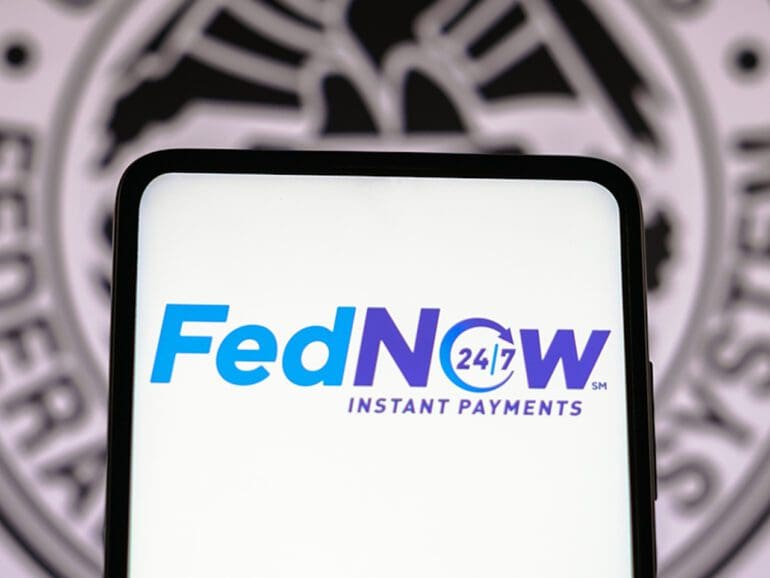In July, the Federal Reserve launched its new system for instant payments, FedNow, culminating a four-year undertaking and delivering the first new central bank payments rail in 50 years. While The Clearing House’s RTP Network has been in operation since 2017, FedNow’s launch has changed the dialogue around instant payments in the US from “if it will become prevalent” to “when will it become prevalent and how do organizations prepare for it.”
FedNow and the RTP Network bring to the industry a new value proposition for payments based on 24/7 availability, immediate money movement, irrevocability, and enhanced data. Initial use cases leveraged instant payment’s around-the-clock availability and immediacy to deliver improved B2C disbursement solutions to market including earned wage access payroll and digital wallet unloads. Unloading of digital wallets was not even considered before FedNow, but now it has become one of the bigger use cases being discussed, notably in the gaming space.
Use cases have expanded to include irrevocability, providing good funding solutions that are starting to change the real estate and logistics verticals, among others, where the finality of payment is critical. On the horizon is the promise to expand to broader use cases by leveraging enhanced data and requests for payment to create reimagined solutions for B2C bill pay, B2B invoicing, and pay-by-bank.

While the opportunity to transform industries is starting to play out in targeted verticals, and instant payments have been on the radar for the financial services industries for some time, active engagement in instant payments by FIs has been limited to date. However, the launch of FedNow, and confidence that the US government is backing instant payments, should change this dynamic. Evidence of this was seen at a recent Fed-hosted town hall when over 1,700 participants joined the discussion. Additionally, FedNow has grown from 35 initial participants to over 100 FIs in its first two months. The US Treasury Bureau of Fiscal Services, which is part of the Treasury Department, embraced FedNow for distributing government payments to over 22 government organizations. These events, in conjunction with the RTP Network processing over $600 million in payments daily, indicate that it’s only a matter of time before customer demand drives every FI in the US to participate in instant payments.
The big questions for FIs now are when they should enter the market and how they should participate to best monetize their investment. Unfortunately, the answer to these questions depends on an FI’s individual circumstances. FIs need to review their internal payments strategy, identify their customer needs, and analyze their competitive environment to determine the right approach for their organization. For some businesses across verticals, FedNow’s value proposition could completely disrupt their business models. Others may experience no impact or a minimal change with instant payments becoming an additional option they offer to customers. FIs should consider leveraging experienced advisory services that can help guide FIs through the process of selecting a vendor, developing a go-to-market strategy, and implementing a roadmap that will satisfy their customers and shareholders.
The big picture here is that FedNow’s launch is a major development for the payments and financial services industries. As instant payments gain momentum, the likelihood of these platforms augmenting payment processes and enhancing the experience for both businesses and consumers increases. Now is the time for FIs, as well as businesses and processors, to analyze the potential impact on their organization and put in place a strategy to best position themselves for success.


